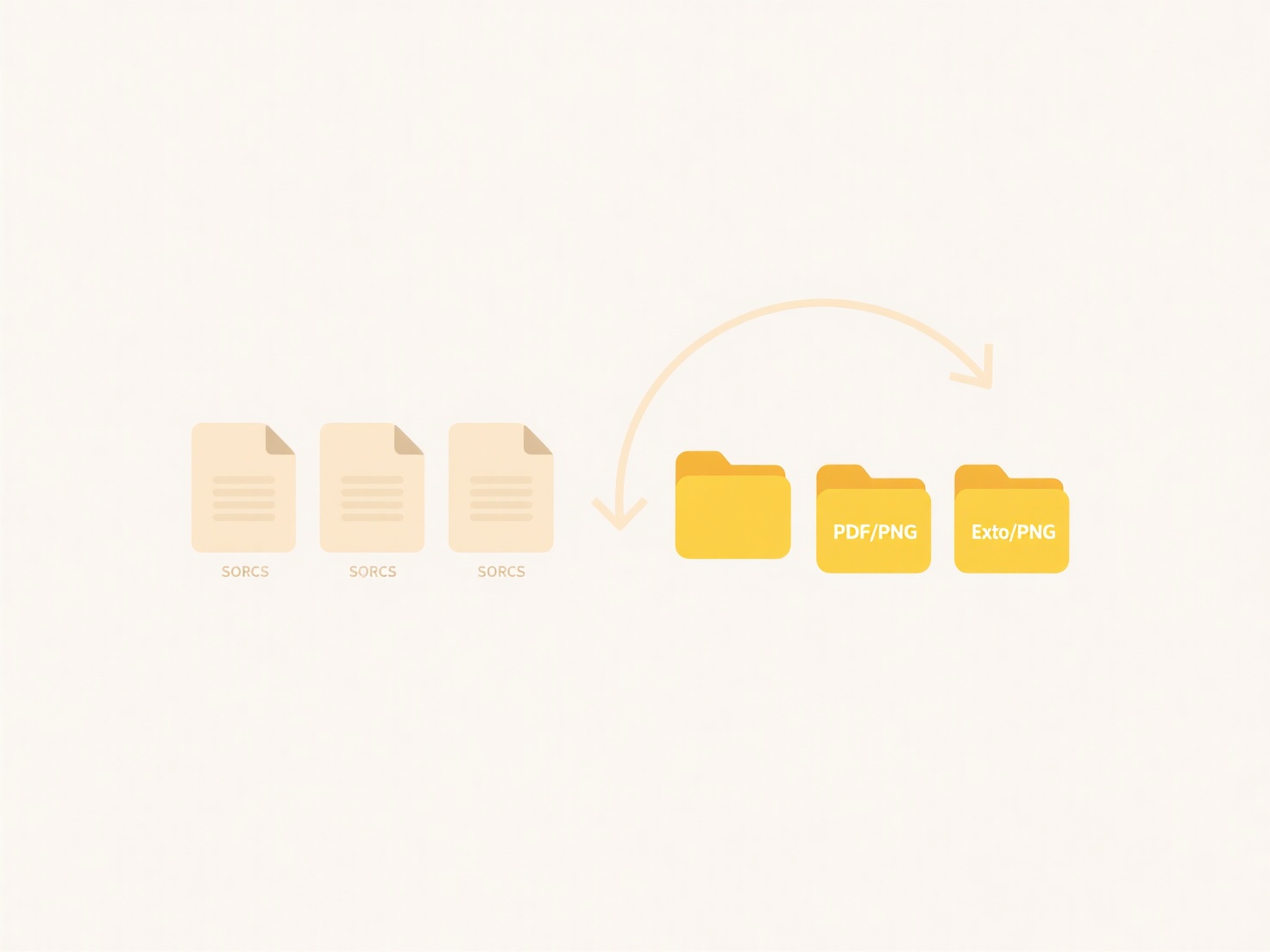
Yes, batch renaming user-uploaded files is technically achievable using server-side scripting languages like Python, PHP, Node.js, or dedicated file management libraries. Batch renaming involves programmatically changing the names of multiple files simultaneously after they are received by your server, differing from manual renaming by handling groups efficiently based on rules. Key considerations include securely accessing the uploaded file paths and designing consistent renaming logic.
Common use cases include processing user-submitted media files (e.g., appending timestamps to image filenames like "userphoto_20240521.jpg" in a gallery app) or standardizing document names (such as adding case numbers to invoices in CRM systems). Content management systems (CMS) like WordPress or custom web applications frequently implement this feature to maintain organized user upload directories.

The primary advantages are automation, reduced errors, and enforcing naming conventions for storage and retrieval. However, implementation requires careful permission handling to access files and safeguards against overwriting. Crucial ethical considerations involve transparency: inform users about automatic renaming and ensure the logic never obscures or changes file content. Future refinements might incorporate user-defined naming rules for greater flexibility.
Can I batch rename files uploaded by users?
Yes, batch renaming user-uploaded files is technically achievable using server-side scripting languages like Python, PHP, Node.js, or dedicated file management libraries. Batch renaming involves programmatically changing the names of multiple files simultaneously after they are received by your server, differing from manual renaming by handling groups efficiently based on rules. Key considerations include securely accessing the uploaded file paths and designing consistent renaming logic.
Common use cases include processing user-submitted media files (e.g., appending timestamps to image filenames like "userphoto_20240521.jpg" in a gallery app) or standardizing document names (such as adding case numbers to invoices in CRM systems). Content management systems (CMS) like WordPress or custom web applications frequently implement this feature to maintain organized user upload directories.

The primary advantages are automation, reduced errors, and enforcing naming conventions for storage and retrieval. However, implementation requires careful permission handling to access files and safeguards against overwriting. Crucial ethical considerations involve transparency: inform users about automatic renaming and ensure the logic never obscures or changes file content. Future refinements might incorporate user-defined naming rules for greater flexibility.
Quick Article Links
How can I identify conflicting versions in OneDrive?
Conflicting versions occur in OneDrive when multiple offline edits to the same file exist, and the service cannot automa...
What are best practices for sharing files in high-security environments?
In high-security environments, secure file sharing prioritizes protecting sensitive information like classified data or ...
How do I organize product documentation?
Product documentation organization involves structuring technical content so users can efficiently find, understand, and...